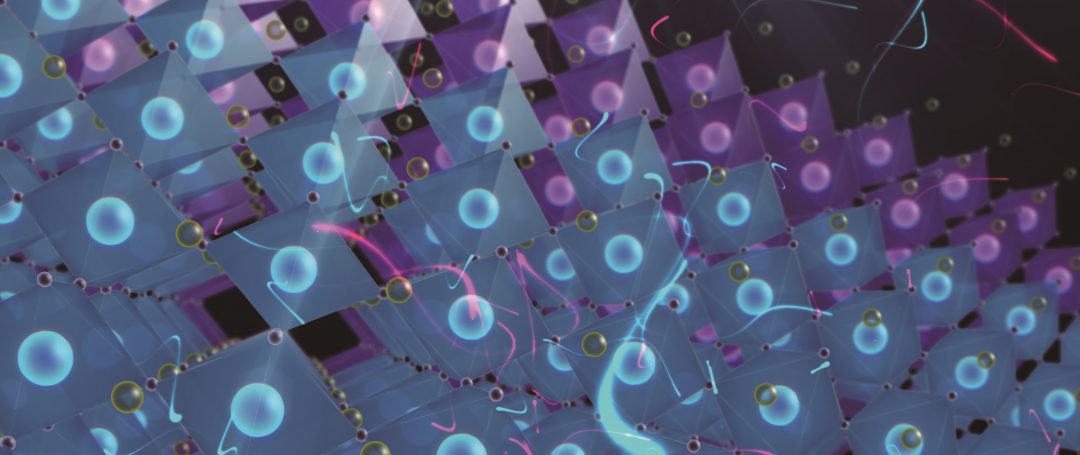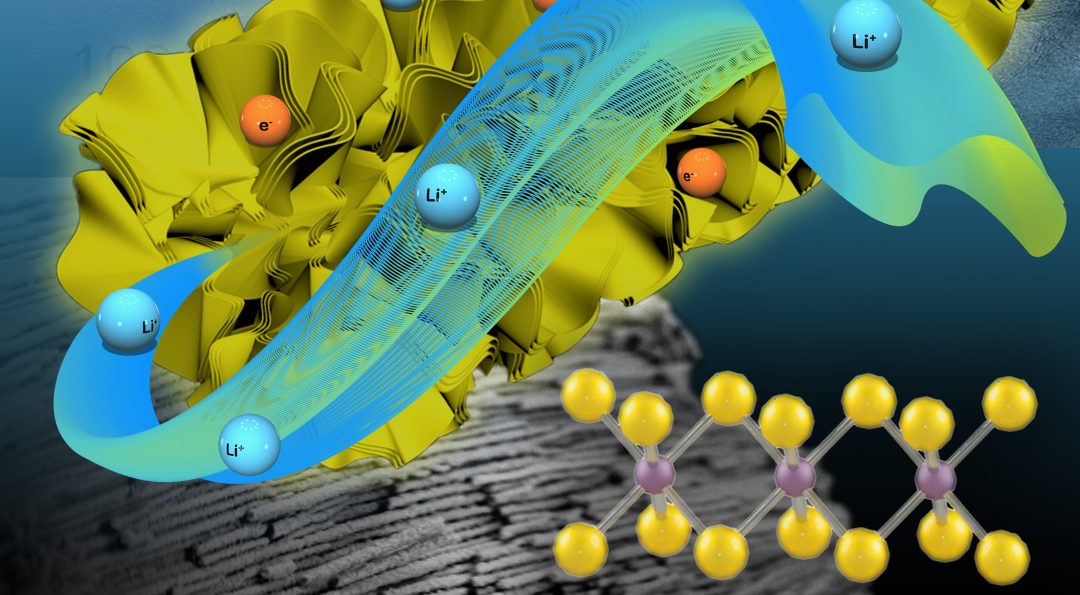Curcumin produces the intense golden-yellow of curries. It’s also being explored as an antioxidant. A reliable source can now be generated from glucose.



Curcumin produces the intense golden-yellow of curries. It’s also being explored as an antioxidant. A reliable source can now be generated from glucose.

A peek into the Advanced journal archives reveals some of the interesting and creative work published over the years that is still being cited today.

Haoshen Zhou takes a moment to outline the challenges for researchers trying to interface electrodes with solid electrolytes.

Weiguang Xie and Jianbin Xu explain the problems caused by grain boundary defects in perovskite materials used to create solar cells.

A team at KIT has reached a new limit for electronics, with a quasi-solid-state transistor that functions via the switching action of a single atom.

Solid-state and calcium-ion technologies, new SEI concepts, and intercalation electrodes are at the top of the list for the latest advanced battery research.

Targeted viral-based gene therapies come with their own risks. A new gene delivery system mimics viral therapies to infect cancer cells with vesicular stomatitis virus matrix protein, with a similar transfection efficiency as the virus itself.

Dr. Dongling Ma (INRS) and co-author Deepak Thrithamarassery Gangadharan talk to us about themselves, their careers, and the future of perovskite solar cell research.

Sunlight is the ultimate renewable energy resource. This Excellence in Energy review describes the latest materials being explored for PEC water splitting systems, which turn sunlight into gaseous hydrogen and oxygen.

A new porous nanotube structure is created from pure metallic molybdenum disulfide, which is useful for fundamental electrochemical studies as well as showing good performance as a lithium-ion battery anode.